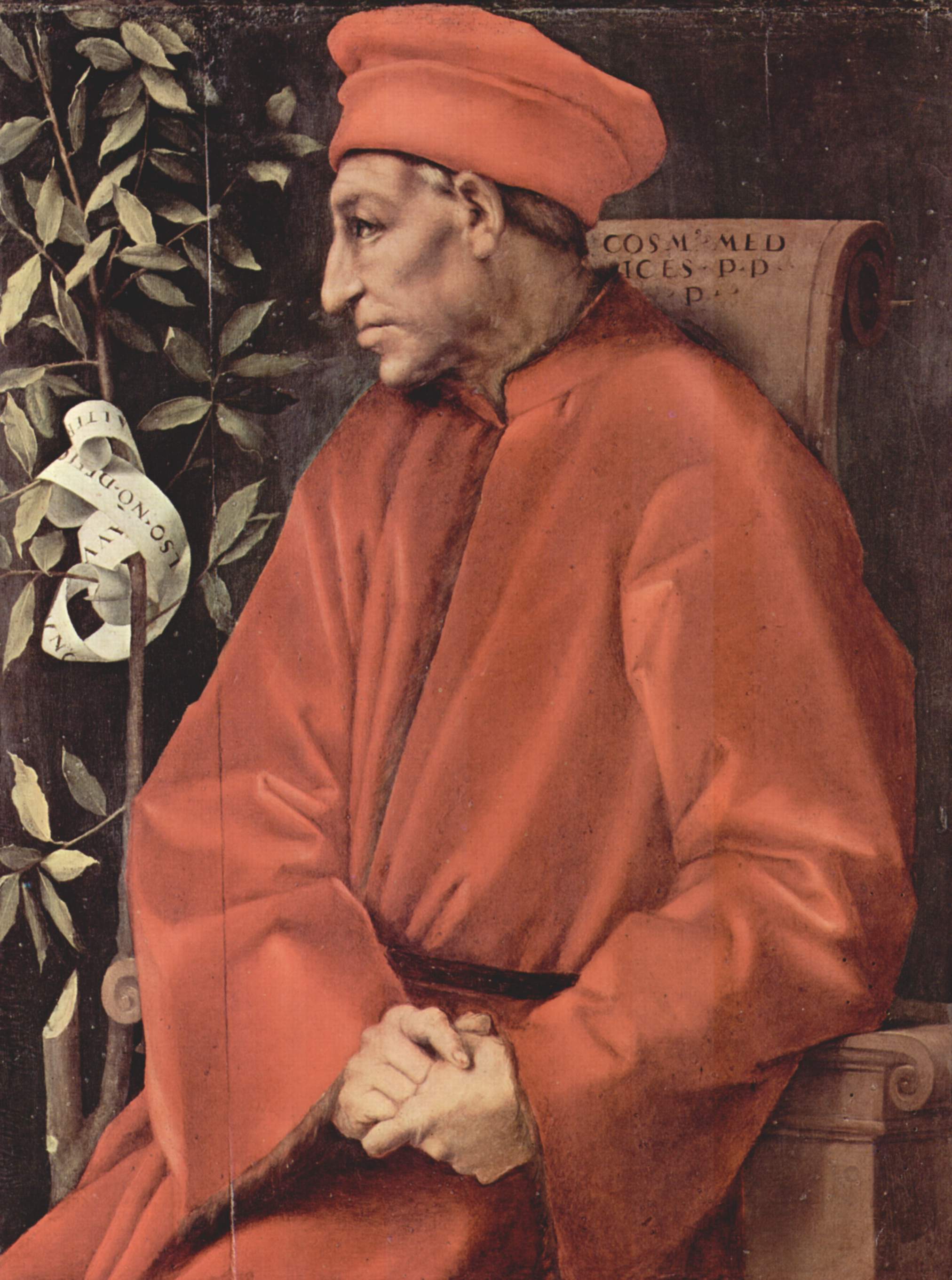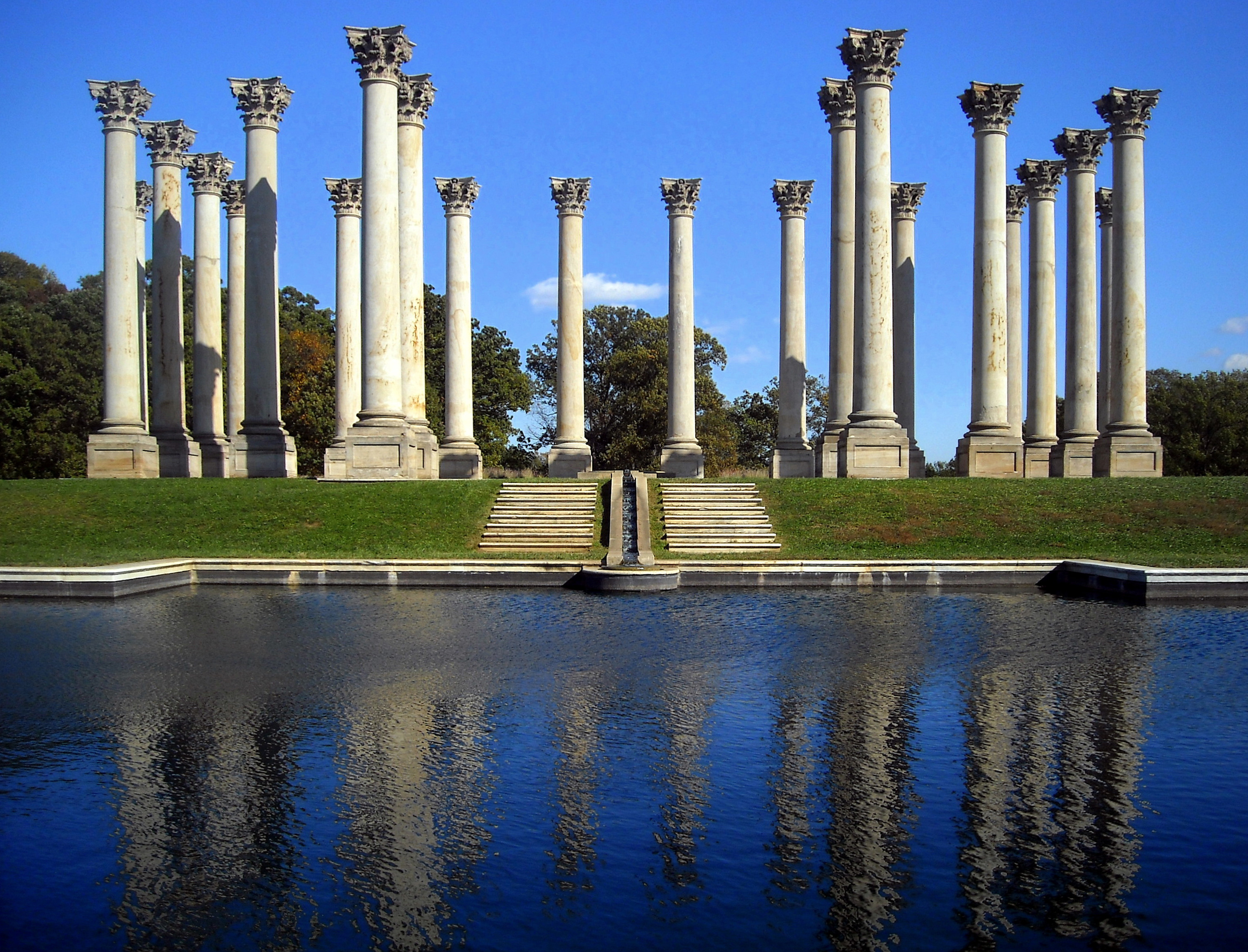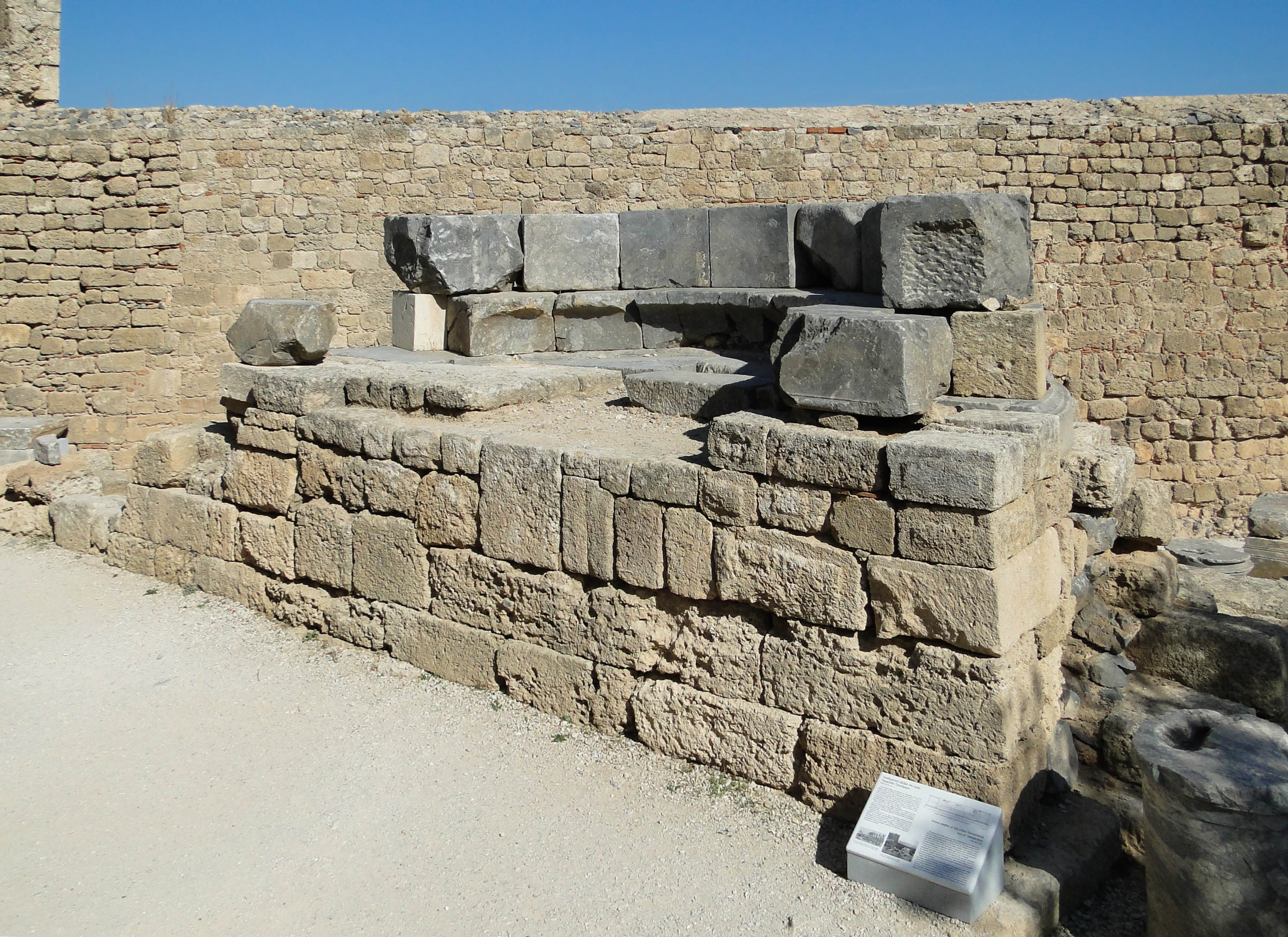|
Colonel James Anderson Monument
The Colonel James Anderson Monument is a public monument in Pittsburgh, Pennsylvania, United States. It was designed by Daniel Chester French and commissioned by businessman and philanthropist Andrew Carnegie. Anderson had opened his personal book collection to the youth of Allegheny, Pennsylvania, including Carnegie, and his actions would later inspire Carnegie to create the Carnegie library system. The monument, dedicated in 1904, is located outside the Carnegie Free Library of Allegheny. History James Anderson, the son of William Anderson, was born in Shippensburg, Pennsylvania in 1785. During the War of 1812, he served under William Henry Harrison and attained the rank of colonel. Following the war, he became a businessman in the Pittsburgh area and, later in life, a philanthropist. He later died in 1861. During the 1850s and 1860s, in one act of philanthropy, he opened his personal library of 400 volumes to the "working boys" of Allegheny, Pennsylvania. Andrew Carneg ... [...More Info...] [...Related Items...] OR: [Wikipedia] [Google] [Baidu] |
Carnegie Free Library Of Allegheny
The Carnegie Free Library of Allegheny is situated in the Allegheny Center neighborhood of Pittsburgh, Pennsylvania. It was commissioned in 1886, the first Carnegie library to be commissioned in the United States. Donated to the public by entrepreneur Andrew Carnegie, it was built from 1886 to 1890 on a design by John L. Smithmeyer and Paul J. Pelz. The library and musical conservatory was built of red and grey granite from Maine. The contractor was Vinalhaven, Maine's Bodwell Granite Company, which had furnished granite for major public works including the State, War and Navy Department building in Washington, DC., now called the Eisenhower Executive Office Building. It did not open until 1890 thus making it the second Carnegie library to open. The first one to open being the Carnegie Free Library of Braddock, built for steel-workers in Braddock, 9 miles up the Monongahela River from Pittsburgh. The building also features the first Carnegie Music Hall in the Uni ... [...More Info...] [...Related Items...] OR: [Wikipedia] [Google] [Baidu] |
Public Art
Public art is art in any media whose form, function and meaning are created for the general public through a public process. It is a specific art genre with its own professional and critical discourse. Public art is visually and physically accessible to the public; it is installed in public space in both outdoor and indoor settings. Public art seeks to embody public or universal concepts rather than commercial, partisan or personal concepts or interests. Notably, public art is also the direct or indirect product of a public process of creation, procurement, and/or maintenance. Independent art created or staged in or near the public realm (for example, graffiti, street art) lacks official or tangible public sanction has not been recognized as part of the public art genre, however this attitude is changing due to the efforts of several street artists. Such unofficial artwork may exist on private or public property immediately adjacent to the public realm, or in natural setting ... [...More Info...] [...Related Items...] OR: [Wikipedia] [Google] [Baidu] |
Capitalist
Capitalism is an economic system based on the private ownership of the means of production and their operation for profit. Central characteristics of capitalism include capital accumulation, competitive markets, price system, private property, property rights recognition, voluntary exchange, and wage labor. In a market economy, decision-making and investments are determined by owners of wealth, property, or ability to maneuver capital or production ability in capital and financial markets—whereas prices and the distribution of goods and services are mainly determined by competition in goods and services markets. Economists, historians, political economists and sociologists have adopted different perspectives in their analyses of capitalism and have recognized various forms of it in practice. These include ''laissez-faire'' or free-market capitalism, anarcho-capitalism, state capitalism and welfare capitalism. Different forms of capitalism feature varying ... [...More Info...] [...Related Items...] OR: [Wikipedia] [Google] [Baidu] |
Anvil
An anvil is a metalworking tool consisting of a large block of metal (usually forged or cast steel), with a flattened top surface, upon which another object is struck (or "worked"). Anvils are as massive as practical, because the higher their inertia, the more efficiently they cause the energy of striking tools to be transferred to the work piece. In most cases the anvil is used as a forging tool. Before the advent of modern welding technology, it was the primary tool of metal workers. The great majority of modern anvils are made of cast steel that has been heat treated by either flame or electric induction. Inexpensive anvils have been made of cast iron and low quality steel, but are considered unsuitable for serious use as they deform and lack rebound when struck. Structure The primary work surface of the anvil is known as the face. It is generally made of hardened steel and should be flat and smooth with rounded edges for most work. Any marks on the fac ... [...More Info...] [...Related Items...] OR: [Wikipedia] [Google] [Baidu] |
Statue
A statue is a free-standing sculpture in which the realistic, full-length figures of persons or animals are carved or cast in a durable material such as wood, metal or stone. Typical statues are life-sized or close to life-size; a sculpture that represents persons or animals in full figure but that is small enough to lift and carry is a statuette or figurine, whilst one more than twice life-size is a colossal statue. Statues have been produced in many cultures from prehistory to the present; the oldest-known statue dating to about 30,000 years ago. Statues represent many different people and animals, real and mythical. Many statues are placed in public places as public art. The world's tallest statue, '' Statue of Unity'', is tall and is located near the Narmada dam in Gujarat, India. Color Ancient statues often show the bare surface of the material of which they are made. For example, many people associate Greek classical art with white marble sculpture, but there is evide ... [...More Info...] [...Related Items...] OR: [Wikipedia] [Google] [Baidu] |
Bust (sculpture)
A bust is a sculpted or cast representation of the upper part of the human figure, depicting a person's head and neck, and a variable portion of the chest and shoulders. The piece is normally supported by a plinth. The bust is generally a portrait intended to record the appearance of an individual, but may sometimes represent a type. They may be of any medium used for sculpture, such as marble, bronze, terracotta, plaster, wax or wood. As a format that allows the most distinctive characteristics of an individual to be depicted with much less work, and therefore expense, and occupying far less space than a full-length statue, the bust has been since ancient times a popular style of life-size portrait sculpture. It can also be executed in weaker materials, such as terracotta. A sculpture that only includes the head, perhaps with the neck, is more strictly called a "head", but this distinction is not always observed. Display often involves an integral or separate display s ... [...More Info...] [...Related Items...] OR: [Wikipedia] [Google] [Baidu] |
Column
A column or pillar in architecture and structural engineering is a structural element that transmits, through compression, the weight of the structure above to other structural elements below. In other words, a column is a compression member. The term ''column'' applies especially to a large round support (the shaft of the column) with a capital and a base or pedestal, which is made of stone, or appearing to be so. A small wooden or metal support is typically called a '' post''. Supports with a rectangular or other non-round section are usually called '' piers''. For the purpose of wind or earthquake engineering, columns may be designed to resist lateral forces. Other compression members are often termed "columns" because of the similar stress conditions. Columns are frequently used to support beams or arches on which the upper parts of walls or ceilings rest. In architecture, "column" refers to such a structural element that also has certain proportional and decorative f ... [...More Info...] [...Related Items...] OR: [Wikipedia] [Google] [Baidu] |
Bronze
Bronze is an alloy consisting primarily of copper, commonly with about 12–12.5% tin and often with the addition of other metals (including aluminium, manganese, nickel, or zinc) and sometimes non-metals, such as phosphorus, or metalloids such as arsenic or silicon. These additions produce a range of alloys that may be harder than copper alone, or have other useful properties, such as strength, ductility, or machinability. The archaeological period in which bronze was the hardest metal in widespread use is known as the Bronze Age. The beginning of the Bronze Age in western Eurasia and India is conventionally dated to the mid-4th millennium BCE (~3500 BCE), and to the early 2nd millennium BCE in China; elsewhere it gradually spread across regions. The Bronze Age was followed by the Iron Age starting from about 1300 BCE and reaching most of Eurasia by about 500 BCE, although bronze continued to be much more widely used than it is in modern times. Because histori ... [...More Info...] [...Related Items...] OR: [Wikipedia] [Google] [Baidu] |
Exedra
An exedra (plural: exedras or exedrae) is a semicircular architectural recess or platform, sometimes crowned by a semi-dome, and either set into a building's façade or free-standing. The original Greek sense (''ἐξέδρα'', a seat out of doors) was applied to a room that opened onto a stoa, ringed with curved high-backed stone benches, a suitable place for conversation. An exedra may also be expressed by a curved break in a colonnade, perhaps with a semicircular seat. The exedra would typically have an apsidal podium that supported the stone bench. The free-standing (open air) exedra, often supporting bronze portrait sculpture, is a familiar Hellenistic structure, characteristically sited along sacred ways or in open places in sanctuaries, such as at Delos or Epidaurus. Some Hellenistic exedras were built in relation to a city's agora, as in Priene. Monument architects have also used this free-standing style in modern times. Rise The exedra achieved particular popula ... [...More Info...] [...Related Items...] OR: [Wikipedia] [Google] [Baidu] |
Pittsburgh History And Landmarks Foundation
The Pittsburgh History & Landmarks Foundation (PHLF) is a nonprofit organization founded in 1964 to support the preservation of historic buildings and neighborhoods in Pittsburgh, Pennsylvania, USA. In 1966, PHLF established the Revolving Fund for Preservation with a $100,000 grant from the Sarah Scaife Foundation. PHLF used the grant to purchase, restore and renovate historic inner-city properties primarily in the North Side and South Side neighborhoods of Pittsburgh, which were rented or sold to low- and moderate-income families. Allegheny County Survey PHLF was the first historic preservation group in the nation to undertake a countywide survey of architectural landmarks, which Co-Founders Arthur P. Ziegler Jr. and James D. Van Trump did in 1965. The foundation's historic plaque program was begun in 1968, and since that time it has awarded over 500 plaques to designate significant historical structures within Allegheny County. Hamnett Place preservation and restoration ... [...More Info...] [...Related Items...] OR: [Wikipedia] [Google] [Baidu] |
Allegheny Center (Pittsburgh)
Allegheny Center is a neighborhood on Pittsburgh's North Side. Its zip code is 15212, and it has representation on Pittsburgh City Council by both council members for District 6 (Downtown, North Shore) and District 1 (Northside). History In 1783, the Commonwealth of Pennsylvania established a 3000-acre tract of land north of where the Allegheny River merged with the Ohio River. John Redick created an initial town plan for Allegheny City- which featured 36 city blocks surrounded by a common grazing area - the following year. That initial 36-block area is today's Allegheny Center. It is still surrounded on three sides by the former grazing area, now a public park called Allegheny Commons. On either side of this park are the neighborhoods of Allegheny West and East Allegheny. Because Allegheny City was intended by the Pennsylvania Legislature to serve as the county seat of Allegheny County, the central blocks of Redick's 36-block plan were designed for public uses, inclu ... [...More Info...] [...Related Items...] OR: [Wikipedia] [Google] [Baidu] |
Urban Redevelopment Authority Of Pittsburgh
The Urban Redevelopment Authority of Pittsburgh (URA) is the City of Pittsburgh’s economic development agency, committed to creating jobs, expanding the City’s tax base, and improving the vitality of businesses and neighborhoods. The URA achieves this mission by assembling, preparing, and conveying sites for major mixed-use developments; and by providing a portfolio of programs that include financing for business location, relocation and expansion, housing construction and rehabilitation, and home purchases and improvements. Public Projects The URA is currently facilitating a number of large-scale real estate developments, including: Hazelwood Green* Bakery Square 2.0 Civic Arena Redevelopment* East Liberty Transit Center * Hunt Armory * The Gardens at Market Square * SouthSide Works * Station Square Impact As of 2015, nearly $3 billion in private investment has been leveraged by $336 million in tax increment financing administered by the URA – a leverage ratio of 9 ... [...More Info...] [...Related Items...] OR: [Wikipedia] [Google] [Baidu] |







